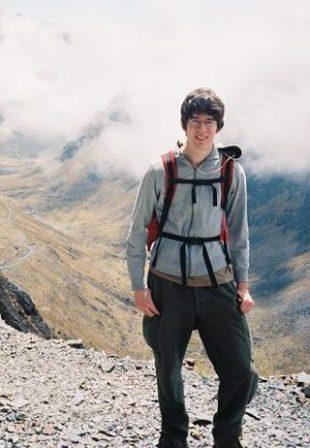A couple months ago I visited City of Portland Oregon. I'm originally from the Pacific Northwest and I haven't gotten a chance to get back to visit the region since I graduated from high school in 1998. Overall I had a great trip and got a chance to reconnect with many of my old high school friends. I also got a chance to check out Portland's TriMet light rail system, the Max. Here are some pictures of the system with some of my impressions following the photo slideshow.
My Impressions of Public Transit in Portland
Overall I was impressed with Portland's light rail system although getting around via transit wasn't as easy as I had expected. It was still much faster to hop into a car to get around the city, which I think is going to be the same case for Memphis. Despite that fact, you could still get wherever you wanted if you properly allotted time. I think I was spoiled from living in Boston where it was often faster and certainly more convenient to take transit than the ones car. I think the main difference between a town like Portland and Boston has less to do with the quality of the public transit and more to do with the congestion and lack of parking on streets. The worse the city is to get around in by car the more appealing transit becomes. Despite this fact that it is still relatively easy to get around in Portland by car transit ridership is amongst the highest in the nation and on the rise.
Another problem I had with the system is that it works great if you are traveling east west but not north south. If you want to go north south you have to transfer to the bus system. That isn't too much of a problem because the light rail stations where well connected with the existing bus system such that both systems work well to compliment each other.
One great aspect of Portland's transit systems is that it was very accessible. All the systems were created for easy use by differently abled individuals. While I was there I saw system used many different times on both the light rail line and bus system. It was easy, simple and efficient. Which brings me to the actual vehicles. I found the vehicles comfortable to ride on. Part of the reason for the comfort was that the vehicles all seemed to be clean and well maintained.
One of the greatest things about the Portland TriMet System is that the trains had GPS units on them. As a result there was a ticker at every stop that let you know the time till the next train arrived. Every bus stop had a phone number that you could call to see when the next bus was arriving as well. This made waiting all the more bearable. I know a couple times when I was downtown I stopped into a couple stores near the station because I knew I would be waiting a few minuets. Knowing when the next bus or train is arriving gives the rider the ability to do something else. As a result the time waiting doesn't seem like such a waste of time. You can also check the internet to see when the next train is arriving. All in all I think this was a major plus for the system.
Another great aspect of the transit system was the Fareless Square. The fareless square is an area in downtown Portland where all forms of transit are free to use as long as you stay within the square. This makes it easy to either jump on a bus, hop on the light rail system or use the streetcar system to get around downtown. With those three options you always had one nearby. This made it really easy to get around downtown and made spending time downtown a pleasure.
Lessons for Memphis
I think there are some valuable lessons that to be learned from Portland. First is to make it as easy to ride public transportation as possible. The easier it is to use the more people will use public transportation. In Memphis we could do things like attach GPS units to the buses and trolleys and eventually the light rail vehicles so that riders would know when to expect the next vehicle. Memphis should also make stations and vehicles as accessible as possible so that everybody, the young, the old and the differently ables, can all use the system.
Second, turn the downtown trolley into an actual people mover system. This would mean reducing fares or possible cutting them out all together and increasing frequency and reliability of the trolleys. MATA is already using this method to increase ridership downtown by reducing fares during lunch hours. One way to increase the reliability of the system would be to prioritizing trolley traffic over automobile traffic. There is no reason why a trolley should be waiting at red light at an empty intersection. In the best case scenario the trolley would have a straight shot along Main with green lights being triggered by the oncoming trolley to ensure continuous travel. Increasing usage downtown is an important step towards increasing ridership elsewhere on the system.
The final lesson I learned from Portland is that parking matters. Having a working people mover downtown keeps people downtown. If you want to reduce the number of cars downtown and ensure that people use public transit to get downtown then parking rates need to be increased. In Portland the city taxed parking downtown thereby raising the price. The money gathered from the parking tax then paid for transit projects such as the downtown streetcar system. I think there are credible tools to make our transit system among the best in the nation. All that is lacking is the political will to make it happen.
Subscribe to:
Post Comments (Atom)

No comments:
Post a Comment